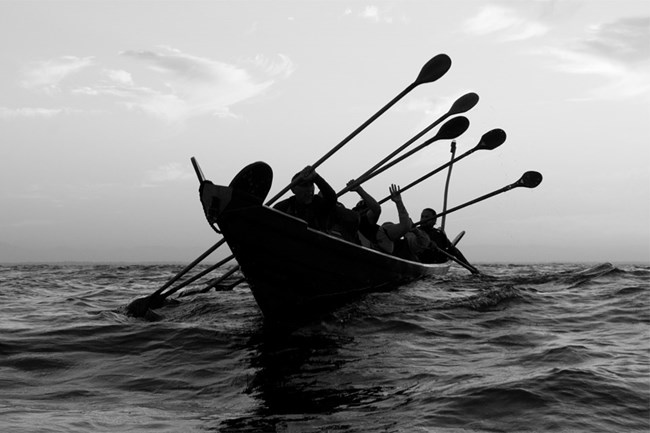
NPS Photo/Robert Schwemmer
Archeological evidence suggests that roughly 16,000 years ago the first people to arrive in North America crossed over an ice-free corridor from Asia in what is now Bering Land Bridge National Preserve. Prehistoric sites in Channel Islands National Park suggest that people arrived on the California coast as early as 13,000 years ago. The National Park of American Samoa tells of skilled navigators from Southeast Asia who traveled great distances in double-hulled canoes and colonized the Pacific islands about 3,000 years ago – well before the first Europeans arrived in North America.
Coastal national parks preserve archeological sites that may help us uncover the earliest stories of migration to this country and allow us to learn more about our pre-historic heritage.
For Further Reading
Migration Theories - Bering Land Bridge National Preserve
Native Inhabitants - Channel Islands National Park
Ohlones and Coast Miworks - Golden Gate National Recreation Area
History and Culture - Hawai'i Volcanoes National Park
Archaeology - Glacier Bay National Park and Preserve
Vulnerabilities of Cultural Resources - Bering Land Bridge National Preserve
Native Peoples - Biscayne National Park
Last updated: May 23, 2017
